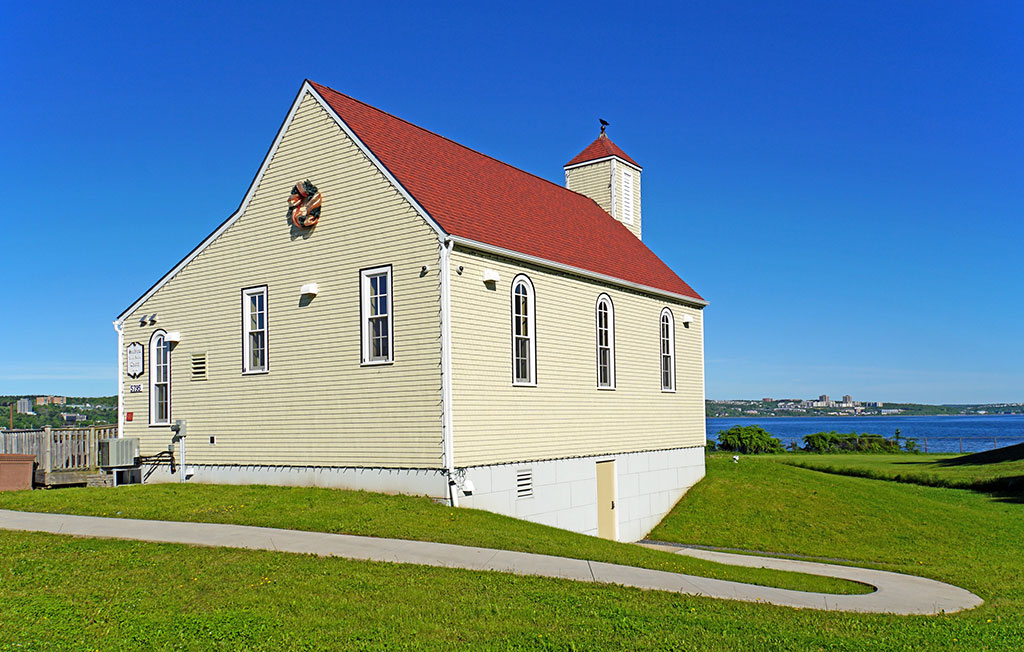Supporting AP African American Studies through Geography: How Geography Instruction Can Be Strengthened in the New Course

By Lisa Tabor, University of Northern Iowa, and John Harrington, Jr., Independent Scholar
In January 2023, the AAG spoke out against Florida’s decision to ban the College Board’s new AP African American Studies course, and subsequently called upon the College Board to resist political pressure and deliver the full curriculum that it had developed. While the politics of this situation are concerning, we are also concerned that the AAG may be missing an important opportunity to move forward, sharing the value of a geographic mindset on topics related to the teaching of African American studies. In our collective, and career-altering experience working with educators and education scholars, we have discovered that content is not the problem: the appropriate and accurate representation of our perspectives and use of best practices in geographic education pedagogies is the problem. Our thoughts are tempered by knowledge of the work of education scholars, over a decade of work with K-12 teachers in state geographic alliances, and supported by the process of Creating Significant Learning Experiences (Fink, 2013).
Here are some of our recommendations related to the development of the new AP class addressing African American studies and opportunities for geographers to make helpful contributions:
Strengthen geography’s role in curriculum development. To date, much of the emphasis in public discourse has been on political influence, overshadowing the iterative work of subject matter experts and education scholars working together to develop the new curriculum. From our experience, social studies education scholars tend to have a good handle on what topics/material will (or will not) work well with a high school student cohort, and should have access to high-quality resources that bring geographical perspectives and pedagogies to their lesson plans.
Support K-12 teachers in developing familiarity and expertise with geography. African American studies is like much interdisciplinary scholarship that builds course content from ideas that originate in multiple academic areas. Academic areas that AP African American studies build from include sociology, psychology, history, geography, political science, and gender and ethnic studies. A good class will be transdisciplinary, with ideas and examples that build from and merge content from individual academic areas. Teachers of these courses will naturally emphasize the material with which they feel most comfortable and confident. We ask, what can the AAG do to help K-12 teachers develop confidence and competence related to teaching the relevant topics for AP African American Studies. A cohesive, discipline-wide message could focus on addressing the accessibility of relevant content and methods for delivering the new curriculum. This will enable AAG and members to better collaborate and participate, establishing geography’s inherent ‘place’ within the larger boundaries of AP African American Studies.
Leverage the AP Human Geography knowledge base. A good number of topics are inherently geographic within the scope of AP African American Studies. A teacher with a good geography background can bring a great deal to teaching about redlining, patterns of migration from the South to urban centers in the North, the diffusion of jazz from several cultural hearths, how sense of place matters and is different for different cultural groups, and environmental racism. The spatial association between redlining, depleted tree canopy, higher levels of air pollution, and warmer high temperatures provides an example of important connections we want students to be able to make. We invite teachers and curriculum developers of AP Human Geography to share relevant lessons with teachers of AP African American Studies.
Create a clearinghouse of relevant teaching resources. AAG and its members can help fulfill the need for excellent content for this and other study areas. For example, K-12 teachers are supported by knowing that there is a go-to source for good content on climate change and energy in the CLEAN effort. The NSF GEO and EHR funding programs may be a source for such an effort by AAG and its members. There is also a need for relevant professional development for teachers who want to address the breadth of topics available for inclusion within AP African American Studies, and potentially other study areas.
To frame this entire discussion, we believe the topic of how to do a better job of teaching geography has been an under-emphasized area within the AAG. AAG policy principles include “Preserving the Arc of Geography,” which discusses sustaining “geographers from the beginning of education through retirement by bolstering institutions, advocating for funding, supporting programs, and utilizing assessments.” The AAG could do much more to address how to effectively share the academic subject that we care so much about. We believe that the AAG has followed in the footsteps of many other disciplinary organizations by leaving much of the educational aspects up to faculty in the colleges of Education and then wondering why those who are not experts in our field are not representing us well.
One path forward to bring more geography resources to the teaching of the AP African American Studies course is to call for information from geography teachers and geography educators on what role they have currently played in the new course, relevant to its spatial elements. With the College Board preparing to offer it to hundreds more schools, considerable attention to these questions could have significant impacts on students’ and teachers’ understanding of the geographies of the African American experience—an understanding that can certainly be promoted across many other AP courses invoking geographic knowledge. Building from the foundation of existing good practice could make the AAG a key place for moving forward.
Recommended Reading
Fink, L. Dee Creating Significant Learning Experiences (2013).
This text addresses the challenge of designing meaningful curriculum and classes. Fundamental Knowledge, Application, Integration, and Caring are four categories of Fink’s significant learning that we identify as vital for geographic lessons that support the AP African American Studies curriculum.
Background on the Photograph
From the photographer, Dennis Jarvis: “The Seaview African United Baptist Church was established at Africville on Nova Scotia in 1849; it joined with other black Baptist congregations to establish the African Baptist Association in 1854. The community’s social life revolved around the church. Demolished in 1969, [it] was rebuilt in the summer of 2011 to serve as a church and historic interpretation center.
“Africville was a small community located on the shore of Bedford Basin, in Halifax. During the 20th century, the City of Halifax gradually took over this community through municipal amalgamation. Africville was populated almost entirely by Black Nova Scotians from a wide variety of origins. Many of the first settlers were former slaves from the United States [and] Black Loyalists who were freed by the Crown during the American Revolutionary War and War of 1812.
“[Africville] has become an important symbol of Black Canadian identity and the struggle against racism. The site was designated a National Historic Site of Canada in 1996 as being representative of Black Canadian settlements in the province and as an enduring symbol of the need for vigilance in defense of their communities and institutions. After years of protest and investigations, in 2010 the Halifax Council ratified a proposed “Africville apology,” under an arrangement with the federal government, to compensate descendants and their families who had been evicted. In addition, an Africville Heritage Trust was established to design a museum and build a replica of the community church. A commemorative waterfront park has been renamed as Africville.” Image used under a Creative Commons license.
DOI: 10.14433/2017.0133
Perspectives is a column intended to give AAG members an opportunity to share ideas relevant to the practice of geography. If you have an idea for a Perspective, see our guidelines for more information.

